-
×
Chrysanthemum Carinatum Seeds 40-50 seeds Open Pollinated
1 × ₹50.00 -
×
 Gazania Sunshine mix pack of 25-30 seeds Op
1 × ₹40.00
Gazania Sunshine mix pack of 25-30 seeds Op
1 × ₹40.00 -
×
 Chrysanthemum paludosum white Color 40-50 seeds
1 × ₹50.00
Chrysanthemum paludosum white Color 40-50 seeds
1 × ₹50.00 -
×
 Pansy Seeds Swiss giant mix Color 40-50 seeds Open Pollinated
1 × ₹60.00
Pansy Seeds Swiss giant mix Color 40-50 seeds Open Pollinated
1 × ₹60.00 -
×
 Calendula Bon Bon Apricot Pack of 30-40 seeds Imported
1 × ₹80.00
Calendula Bon Bon Apricot Pack of 30-40 seeds Imported
1 × ₹80.00
Subtotal: ₹280.00

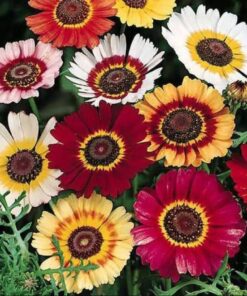 Chrysanthemum Carinatum Seeds 40-50 seeds Open Pollinated
Chrysanthemum Carinatum Seeds 40-50 seeds Open Pollinated  Gazania Sunshine mix pack of 25-30 seeds Op
Gazania Sunshine mix pack of 25-30 seeds Op 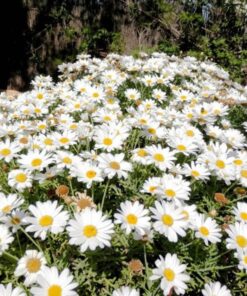 Chrysanthemum paludosum white Color 40-50 seeds
Chrysanthemum paludosum white Color 40-50 seeds  Pansy Seeds Swiss giant mix Color 40-50 seeds Open Pollinated
Pansy Seeds Swiss giant mix Color 40-50 seeds Open Pollinated 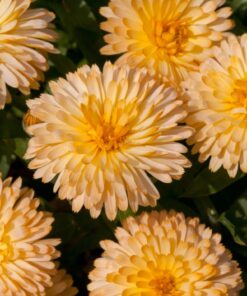 Calendula Bon Bon Apricot Pack of 30-40 seeds Imported
Calendula Bon Bon Apricot Pack of 30-40 seeds Imported 
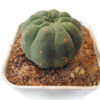


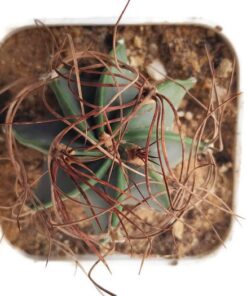

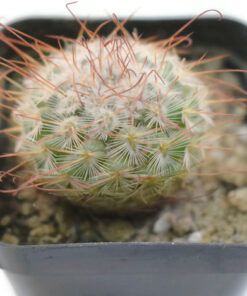



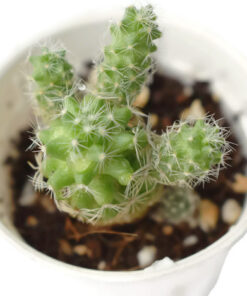
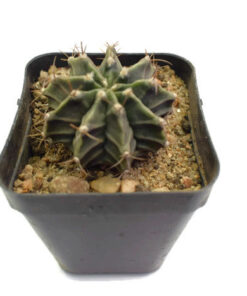

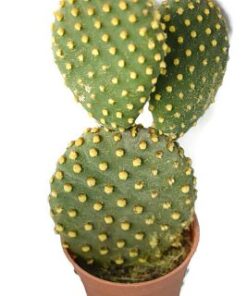
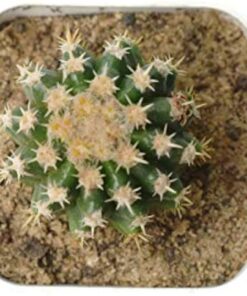


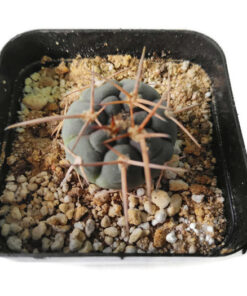

Reviews
There are no reviews yet.